OK, so name an architect. Now, name another one. Next, name one still alive and working.
I picked Le Corbusier, Gaudi and Norman Foster; I thought about Richard Rogers, Jan Utzon, Christopher Wren; I like the work of Ove Arup & Partners (Civil Engineers). I admire the grand work being built in the Gulf States before they run out of oil, I like many of the new buildings in China. I also enjoy spotting the prototype structures (if you like the Sydney Harbour Bridge, where is the small scale version in daily use?).
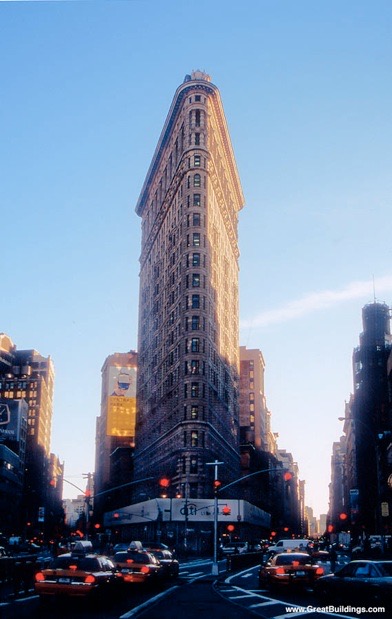
The copies are quite fun too: the Flat Iron building in New York (Fuller Building, Daniel Burnham, 1902) is repeated in various places - I found one in the Gaoxin district of Xi’an, unconstrained by space needs, but a copy nevertheless.
You should, if you are interested in architecture, be able to name several practitioners. You should also, maybe for the same people, be able to discuss merits (and faults) of buildings you have looked at (studied). How else can you demonstrate an interest?
Is picking a bridge cheating? Look at the Millau Bridge, below, and see if you change your mind.
http://wvs.topleftpixel.com/photos/
2006/01/flat_iron_building_pc.jpg
http://buildings.greatbuildings.com
Frank Lloyd Wright
http://myninjaplease.com/wp-content/uploads/2006/11/frank-lloyd-wright-robie-house-southwest-corner-2.jpg
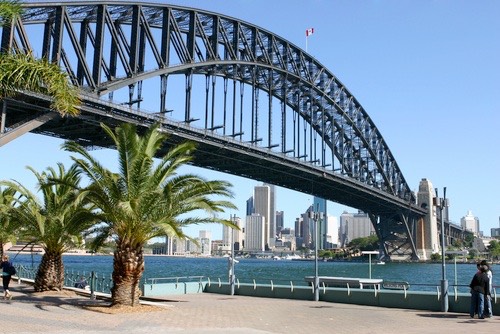
http://www.planetware.com/i/photo/harbour-bridge-sydney-ausw089.jpg
http://en.wikipedia.org/wiki/St_Paul's_Cathedral
Norman Foster's Breathtaking Bridge, the Grand Viaduc Du Millau
http://travellingboard.net/wp-content/uploads/2008/08/millau.jpg
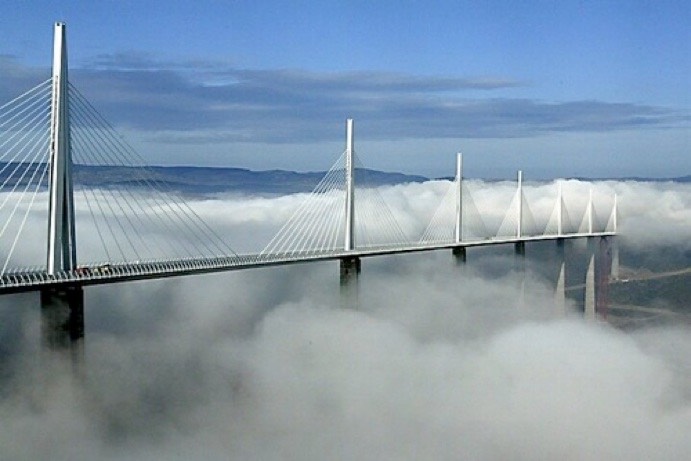
http://www.grandchauffeurs.com/gherkin.jpg [Norman Foster]
Wikipedia: 30 St Mary Axe, also known as the Swiss Re Tower or the Gherkin, is a skyscraper in London's main financial district, the City of London. It is 180 metres (591 feet) in height, with 40 floors, making it the second-tallest building in the City. Its construction symbolised the start of a new high-rise construction boom in London. It was subsequently followed by the Willis Building in 2007 and the Broadgate Tower in 2008. The construction of tall buildings has thence continued, with skyscrapers such as the Heron Tower, the Leadenhall Building, the "Walkie Talkie" and the mighty Bishopsgate Tower, nicknamed the "Pinnacle", which, at 288 metres, will become the City's tallest building upon completion.
http://www.bluffton.edu/~sullivanm/england/cambridge/stirling/front.jpg
“The design of the History Faculty building was the subject of a limited competition in 1963. The winning design was conceived by James Stirling and the resultant structure is almost identical to the original plans. However, after the competition, it was discovered that a part of the original site was unavailable to the University and the building was turned 90 degrees to fit the land available. The building was completed in 1968 and awarded a R.I.B.A. (Royal Institute of British Architects) Gold Medal in 1970. The building is listed by English Heritage.”
What no-one tells you is that the building design has suffered from that rotation, being insufferably hot and cold, depending on the season. As one history post-graduate said to me: “It’s the best greenhouse in East Anglia.”
Jan Utzon designed the Sydney Opera House. Christopher Wren, St Paul’s Cathedral, Gaudi, much of central Barcelona; Le Corbusier set new trends in architecture, although few buildings are recognised as his work. Norman Foster Associates are prolific; Richard Rogers Partnership http://www.richardrogers.co.uk/rshp_home are also prolific, notably (to me) for the Pompidou Centre (Paris) and the Millenium Dome (London). Oh, and the small-scale version of Sydney Harbour brisge crosses the Tyne, called the King George VI bridge (“THE Tyne Bridge, Gateway to the South, etc etc)
Questions:
Are you interested in the structure that contains spaces or in the construction of spaces?
Are you interested in the use (function) of a building or more in the form it must take?
Can you also think about the function / form issue of, say, a window or a door?
How long would it take an architect to rectify a mistake? What do think about liability?
Who employs an architect and how much say do they they have in the design?
How can you afford to take part in a competition, particularly if you want to win?
DJS 20081110
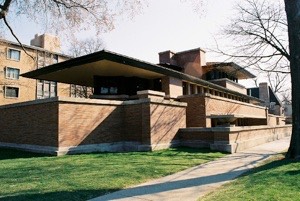
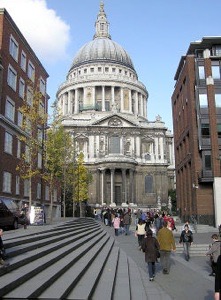
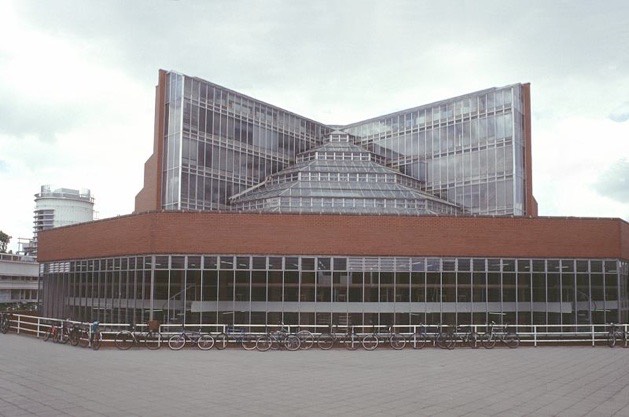
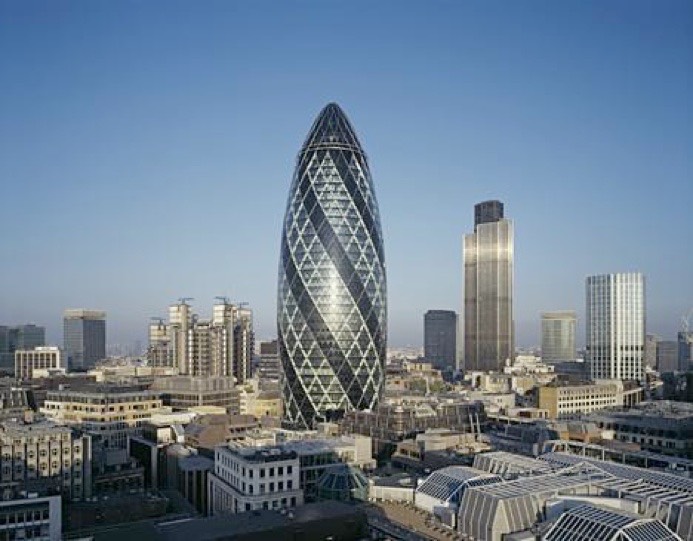
Architects you might research further than the link provided: